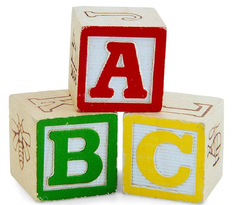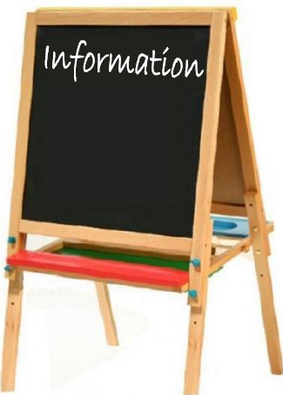Curriculum
Teacher/Student Ratio - We maintain the following teacher/student ratios: three-year-olds - 1/7 and four and five-year-olds - 1/9. We feel that these ratios help to create an environment that is best suited to the needs of young children.
The Hobbitts Preschool Curriculum is based upon the Ohio’s Early Learning and Development Standards. These standards were created as part of a collaborative effort of the Ohio Department of Education, Department of Job and Family Services, Ohio Department of Health, Ohio Department of Mental Health, Ohio Department of Developmental Disabilities, and the Governor’s Office of Health Transformation. The following is a brief outline of concepts and developmental skills that will be addressed during your child’s years at Hobbitts Preschool. It is our hope that, in partnership with the parents, our children will be properly prepared for the kindergarten experience.
|





